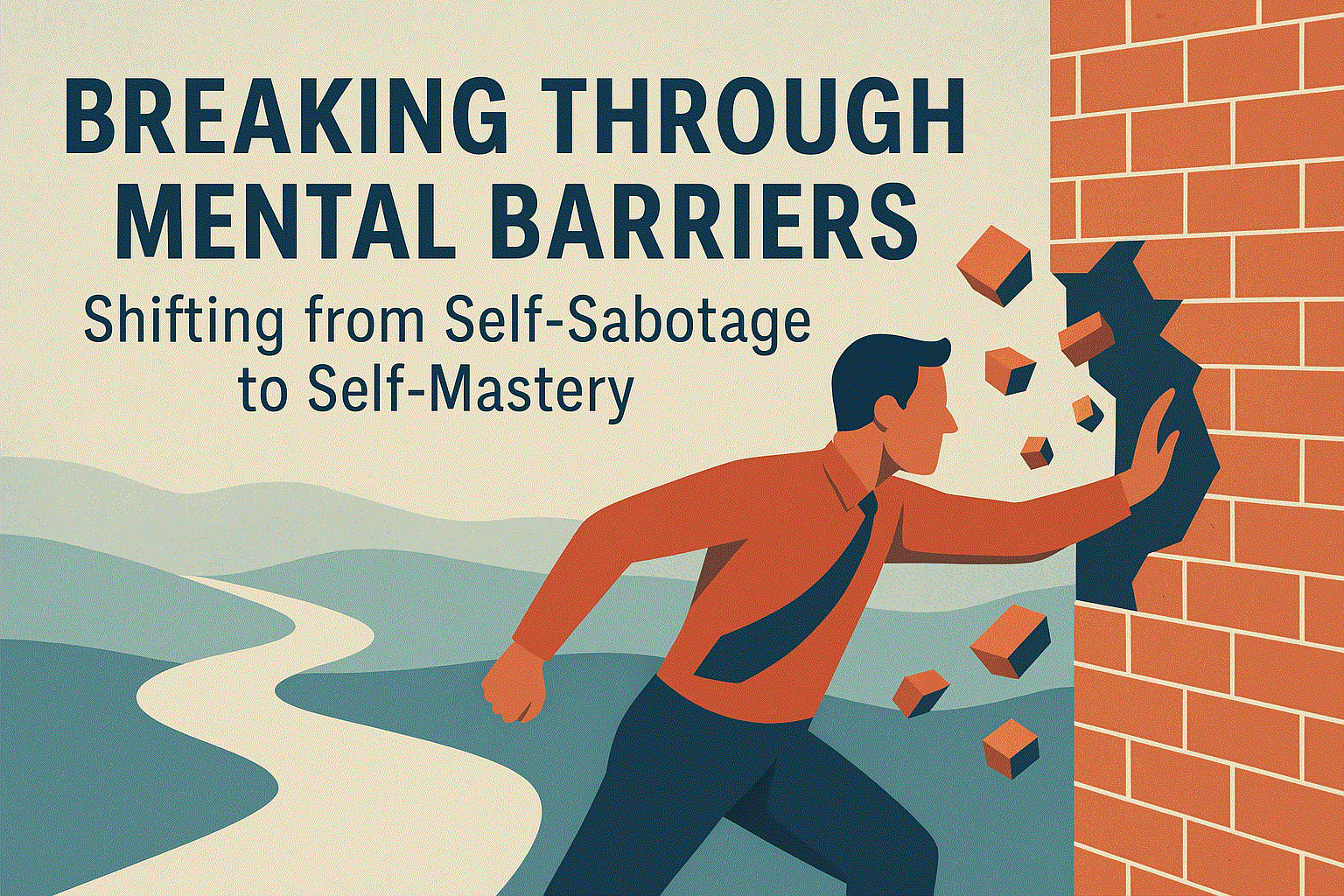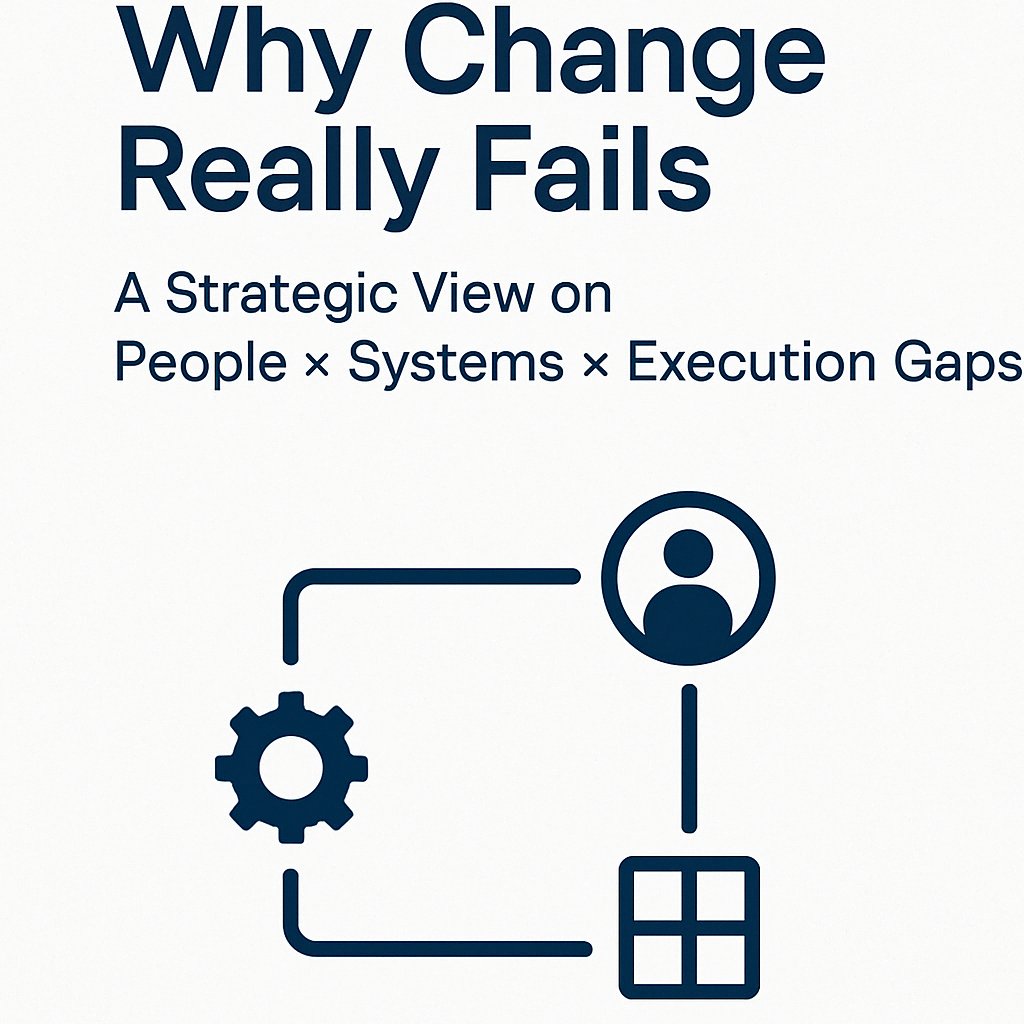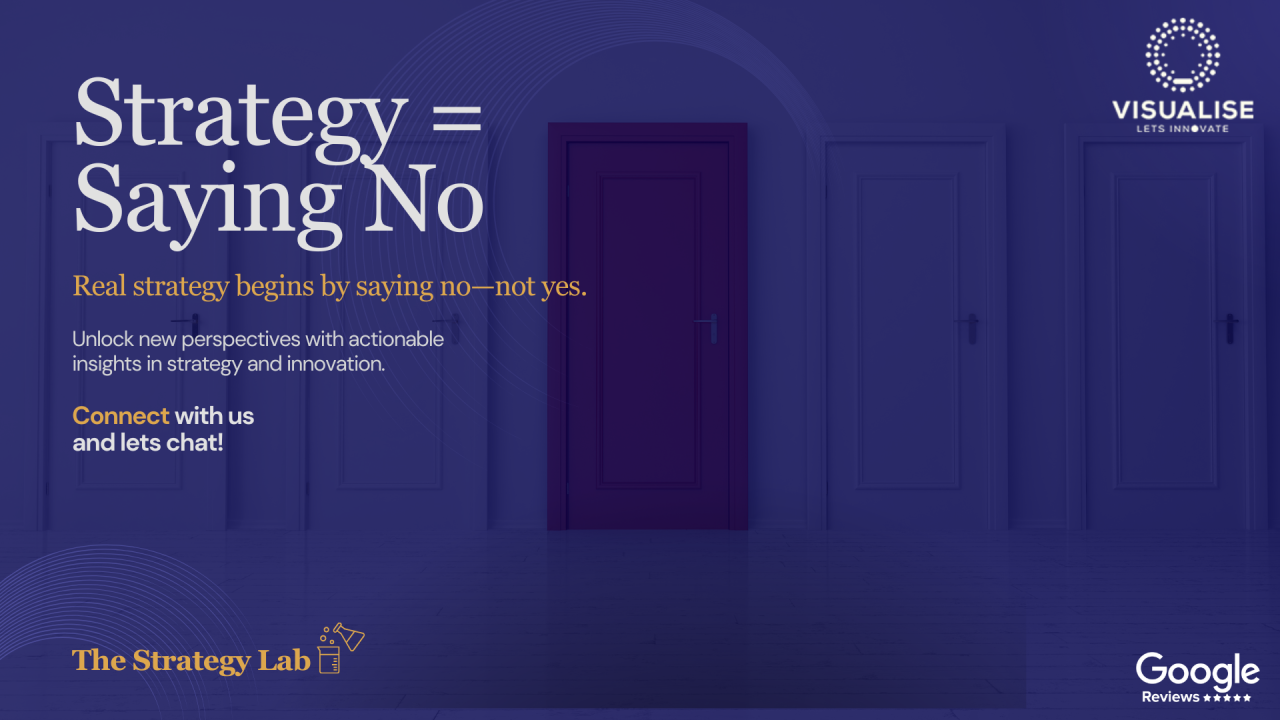Mar09

In his book The Crux: How Leaders Become Strategists, Richard Rumelt presents a pragmatic and action-oriented approach to strategy that shifts focus from broad aspirations to targeted problem-solving. The essence of the Crux method is identifying and tackling the most critical, high-leverage challenge—the crux—that stands in the way of progress. Unlike traditional strategic planning, which often becomes an exercise in setting ambitious but vague goals, Rumelt’s approach is deeply analytical, prioritizing actionable solutions over wishful thinking.
Rumelt’s approach to strategy is built on a structured yet flexible methodology. It consists of six key steps: diagnosing the situation, identifying and prioritizing the crux, developing a coherent action plan, allocating resources strategically, executing and adapting, and evaluating and iterating.
A solid strategy begins with a clear understanding of current affairs. This diagnostic phase involves:
This stage is crucial because misdiagnosing the situation leads to ineffective strategies. Rumelt warns against confusing aspirations with real obstacles, advocating for a deep and honest assessment of the challenge.
Not all challenges are created equal. Identifying the crux requires distinguishing between fundamental problems and mere distractions. This involves:
A good crux is not just any challenge—it must be addressable and pivotal, striking the right balance between difficulty and feasibility.
Once the crux is identified, the next step is crafting a set of coordinated actions to tackle it directly. This involves:
A well-crafted strategy does not merely state goals; it lays a roadmap for achieving them through well-integrated actions.
One of Rumelt’s key insights is that strategy is about focus and prioritization. Effective resource allocation entails:
Poor resource allocation can derail even the best strategic plans. Therefore, leaders must be willing to make tough decisions about where to invest and where to cut back.
Execution is not a linear process—it requires continuous adaptation. Effective execution involves:
Execution is an ongoing process of learning and adjusting rather than a rigid adherence to a predetermined plan.
After execution, assessing whether the strategy effectively addressed the crux is essential. This step involves:
Strategy is a dynamic and iterative process, requiring continuous refinement and reassessment.
Rumelt’s Crux method offers a fresh perspective on strategy, emphasizing pragmatism over abstract planning. The key takeaways from his approach include:
Rumelt’s Crux method contrasts with traditional strategic planning, which often relies on long-term forecasting, rigid frameworks, and extensive documentation. The main distinctions include:
Richard Rumelt’s Crux method provides a robust framework for leaders seeking to navigate complex challenges with clarity and precision. Organizations can drive meaningful progress by diagnosing the situation, identifying the crux, developing a coherent action plan, strategically allocating resources, executing with flexibility, and iterating based on results.
In a business landscape filled with uncertainty and rapid change, identifying and tackling the crux is a critical leadership skill. Rather than getting lost in grand visions or exhaustive planning, Rumelt’s approach keeps strategy grounded in what truly matters—solving the most challenging, pivotal problem in the way of success.
Visualise Solutions is a boutique strategy consultancy firm based in Leicestershire, UK. Transform your business with our strategic advisory services, focusing on innovation, strategy formulation, and execution. Utilise our expertise in strategy, business model innovation, OKRs, and balanced scorecards.
You can learn more about us by contacting us now.

Keywords: Business Strategy, Innovation, Leadership
 Breaking Through Mental Barriers: Shifting from Self-Sabotage to Self-Mastery
Breaking Through Mental Barriers: Shifting from Self-Sabotage to Self-Mastery Why Change Really Fails: A Strategic View on People × Systems × Execution Gaps
Why Change Really Fails: A Strategic View on People × Systems × Execution Gaps Beyond the Buzz: What It Really Takes to Build a Business Ecosystem
Beyond the Buzz: What It Really Takes to Build a Business Ecosystem Strategy = Saying No!
Strategy = Saying No! The Self Before the System: What Must Be Understood Before We Build
The Self Before the System: What Must Be Understood Before We Build